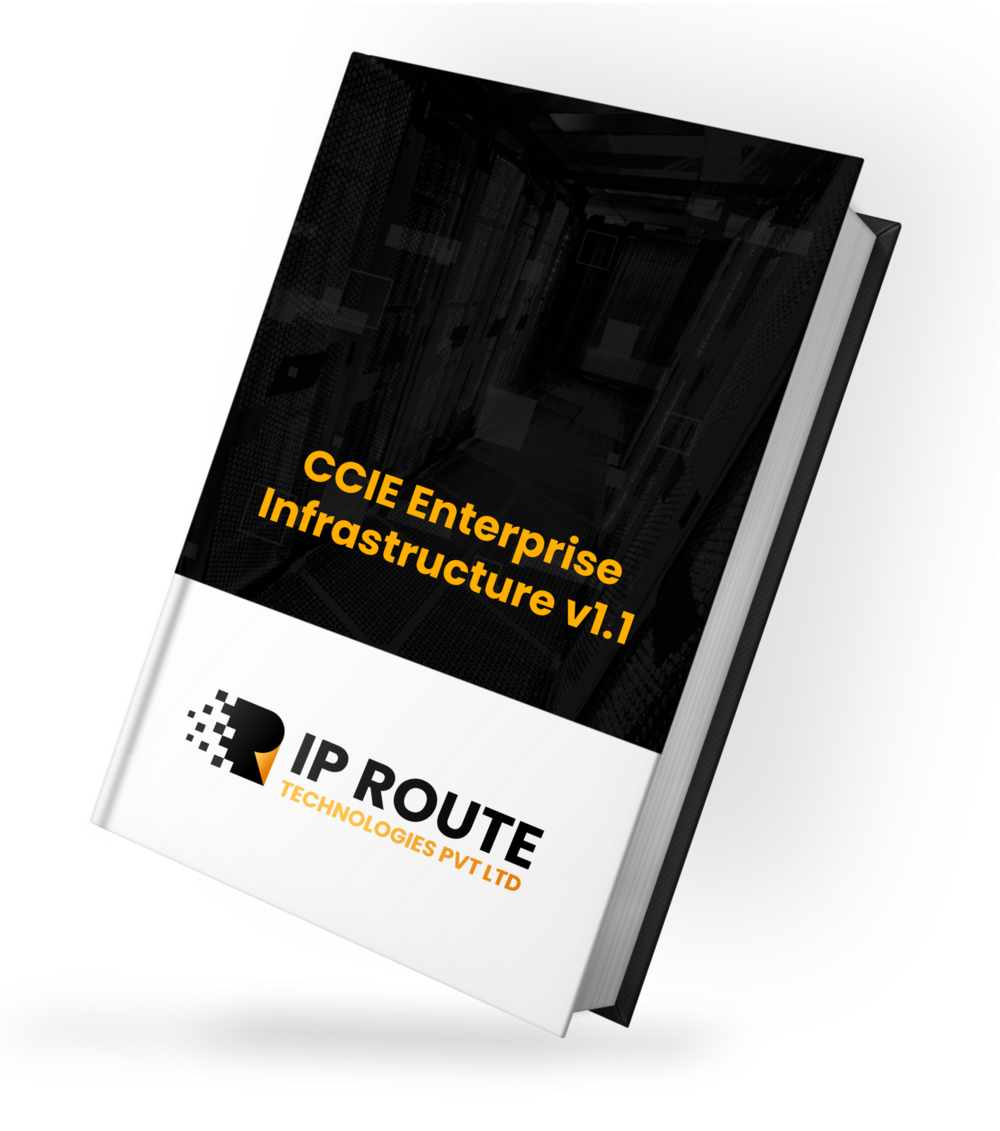Description
Course Summary
JNICA-Cloud-TOPICS
Here’s a high-level view of the skillset required to successfully complete the JNICA-Cloud certification exam.
- Identify the concepts or functionalities of various fundamental elements of cloud networking
- Deployment models (Public/private/hybrid cloud)
- Service models (SaaS/IaaS/PaaS)
- Cloud-native architectures
- Cloud automation tools
- Identify the concepts, benefits, or functionalities of Network Functions Virtualization
- NFV architecture
- NFV orchestration
- VNFs
- Identify the concepts, benefits, or functionalities of software-defined networking
- SDN architecture
- SDN controller
- SDN solutions
- Identify the concepts, operations, or functionalities of network virtualization
- Virtual network types
- Underlay and overlay networks
- Encapsulation and tunneling (MPLS over GRE/MPLS over UDP/VXLAN/EVPN with VXLAN/GENEVE)
- Identify the concepts, operations, or functionalities of Linux virtualization
- Linux architecture
- Hypervisor type (type 1 & 2)
- Hypervisor operations and concepts
- KVM/QEMU concepts and operations
- Creating virtual machines
- Identify the concepts, operations, or functionalities of Linux containers
- Container versus virtual machine
- Container components
- Creating containers using Docker
- Identify the concepts, operations, or functionalities of OpenStack
- Creating and managing VMs in OpenStack
- Automation using HEAT templates in YAML
- Using OpenStack UIs
- OpenStack networking plugins
- OpenStack Security Groups
- Identify the concepts, operations, or functionalities of Kubernetes
- Creating and managing containers in Kubernetes
- Kubernetes API Objects (Pods, ReplicaSets, Deployments, Services)
- Kubernetes namespaces and CNI plug-ins
- Identify the concepts, operations, or functionalities of OpenShift
- Creating, managing, and monitoring OpenShift workloads
- Navigating the OpenShift CLI or WebUI
- Node types (provisioner and control plane)
- Network types (routable, provisioning, management)
Schedule & Pricing
Please write to us at [email protected] for the price and upcoming schedule.
What Our Customers Say
I would like to thank IP Route and their team members because they are doing an outstanding job in serving people who have an ambition of getting into networking field as compared to others. Hands down the best choice for CCIE Infrastructure v1.1. Looking forward to enroll for more courses and recommend others.
Trainers at IP Route are super professional & friendly. Their labs are up to date and provide 24/7 support. I enrolled for CCIE Enterprise and my journey was amazing. If you are looking to start your journey in networking you should definitely choose IP Route.
Trainers at IP Route are super professional & friendly. Their labs are up to date and provide 24/7 support. I enrolled for CCIE Enterprise and my journey was amazing. If you are looking to start your journey in networking you should definitely choose IP Route.
My Journey with IP Route was awesome and the trainers are so knowledgeable the coaching style is convenient and easy. They helped me clear my doubts anytime I wanted with the best explanation to every topic. They guided me really well to clear my CCIE Enterprise lab exam, 5/5
Awesome experience:
Updated Labs, Great Support, Professional trainers, Overwhelming after sales support, Best CCIE
Updated Labs, Great Support, Professional trainers, Overwhelming after sales support, Best CCIE
I cleared my CCIE Enterprise with the guidance of IP Route and their mind-blowing training. I heard about IP Route through one of my friend and I’m glad I took his advice and enrolled myself, received the best training from the best instructors
Thankyou so much IP Route for guiding me from what to choose to today achieving my CCIE number. I passed my CCIE Enterprise exam only with the help of IP Route. They have the best hands-on lab which prepared me really well for my final exam. Would definitely recommend it to others.
Best institute to learn networking. The trainers are skilled and have really good communication. Also they provide lab facilities and even address any queries at any time of the day. The course fee is pocket friendly and have flexible payment methods with is great for a fresher too.


